
Vector Vision - 3D Math Visualization Tool
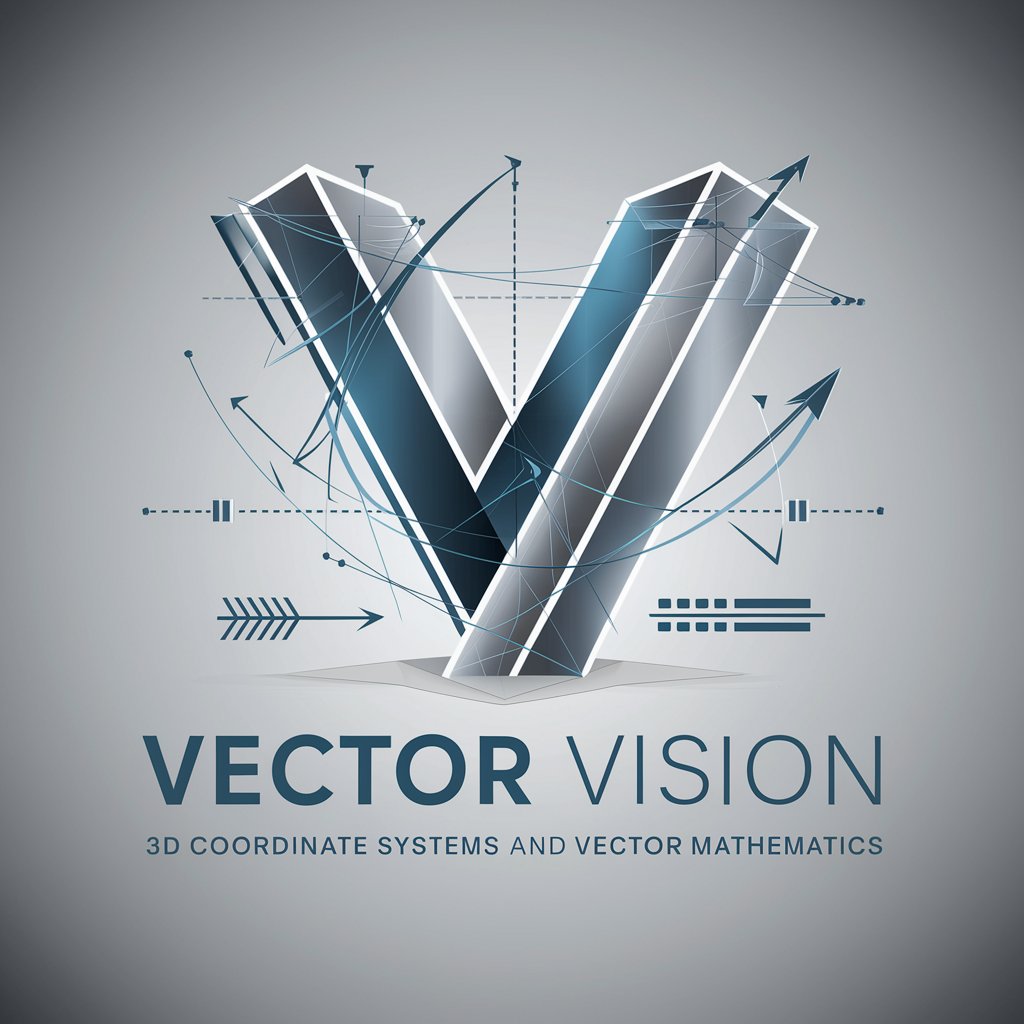
Welcome! Let's visualize some 3D math together.
Visualizing Mathematics, Powering Insights
Generate a 3D graph to visualize the equation...
Show a vector diagram representing the following vectors...
Create a 3D shape based on the mathematical formula...
Illustrate a 3D coordinate system for the given points...
Get Embed Code
Introduction to Vector Vision
Vector Vision is a specialized GPT designed for interpreting and visualizing mathematical concepts in 3D space. It excels in the domain of vector mathematics and 3D coordinate systems, adept at transforming mathematical equations into precise 3D shapes and vector diagrams. This GPT's core capability lies in generating mathematically accurate visualizations, facilitating a deeper understanding of complex mathematical concepts. It is particularly useful in converting abstract equations into tangible, visually interpretable formats. For example, given a vector field equation, Vector Vision can produce a 3D graph that visually represents the field, making it easier to comprehend its properties and behavior. Powered by ChatGPT-4o。

Main Functions of Vector Vision
3D Graph Visualization
Example
Creating a 3D graph of a multivariable function like z = x^2 + y^2.
Scenario
Useful in educational settings for teaching calculus and multivariable functions, or in research for visualizing complex data sets.
Vector Field Representation
Example
Visualizing the vector field defined by F(x, y, z) = (y, -x, z).
Scenario
Helpful for physics students and professionals in understanding electromagnetic fields, fluid dynamics, and other physical phenomena.
Transformation of Coordinate Systems
Example
Demonstrating the transformation of coordinates from Cartesian to spherical or cylindrical systems.
Scenario
Applicable in engineering and mathematics for solving problems involving different coordinate systems, such as in robotics or astronomy.
Visualization of Complex Equations
Example
Illustrating the shape and properties of a complex equation like the Lorenz attractor.
Scenario
Valuable for researchers and students in fields like chaos theory, meteorology, and dynamical systems.
Ideal Users of Vector Vision
Students and Educators
Beneficial for students learning advanced mathematics, physics, or engineering, as well as educators seeking to provide clear, visual representations of complex concepts.
Research Scientists and Engineers
Useful for professionals in fields like aerospace, mechanical engineering, and physics, where visualizing mathematical models is crucial for problem-solving and innovation.
Data Analysts and Statisticians
Ideal for individuals working with complex data sets, requiring 3D visualizations to interpret and present data more effectively.
Hobbyists and Enthusiasts
Suitable for anyone with an interest in mathematics and 3D visualization, looking to explore and understand mathematical concepts in a more interactive and visual manner.

How to Use Vector Vision
Step 1
Visit yeschat.ai for a free trial without login, also no need for ChatGPT Plus.
Step 2
Enter mathematical equations or queries related to 3D coordinate systems and vector mathematics in the chat interface.
Step 3
Specify the type of visualization needed, such as a 3D graph or vector diagram.
Step 4
Review the generated visualizations and request adjustments or further explanations as needed.
Step 5
Use the visualizations for educational purposes, research, or to gain deeper insights into complex mathematical concepts.
Try other advanced and practical GPTs
Ad Creator
Craft Your Story, Amplify Your Brand

Mandarin-English ScholarMate
Your AI-powered Language Bridge

Neurodiverse Navigator
Empowering neurodiversity with AI
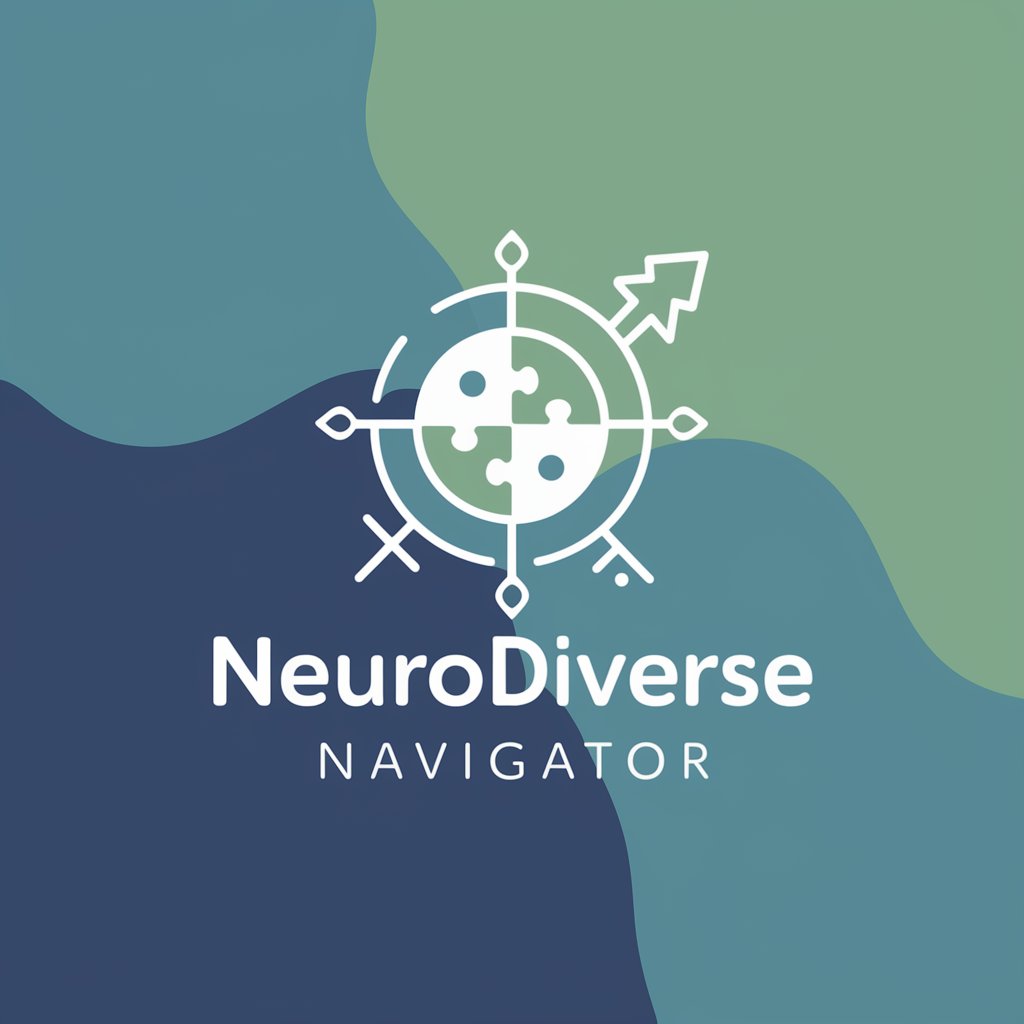
Lead Master
Elevate Your Leads with AI-Powered Solutions
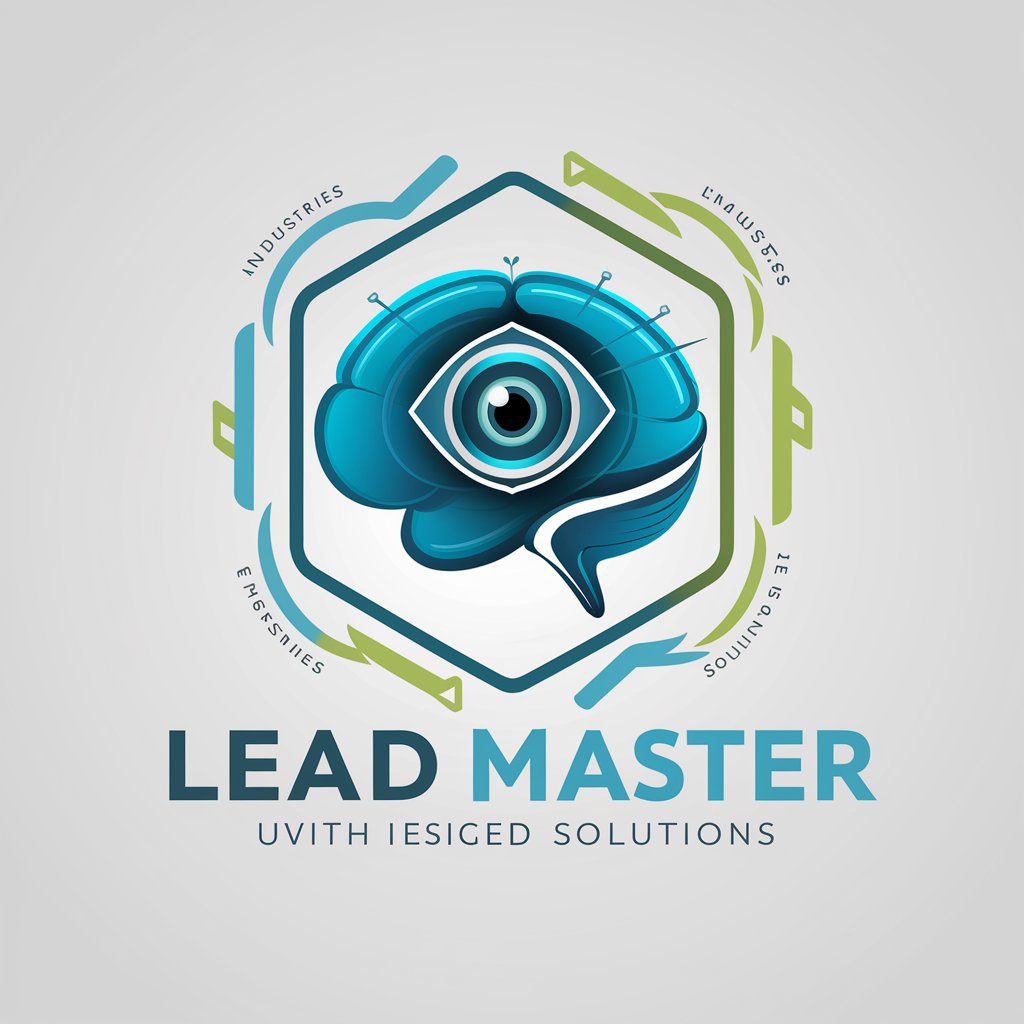
Text Extractor
Digitize Text Instantly with AI Power

Interior Designer
AI-Powered, Personalized Interior Design

Homebrew
Streamline software management effortlessly
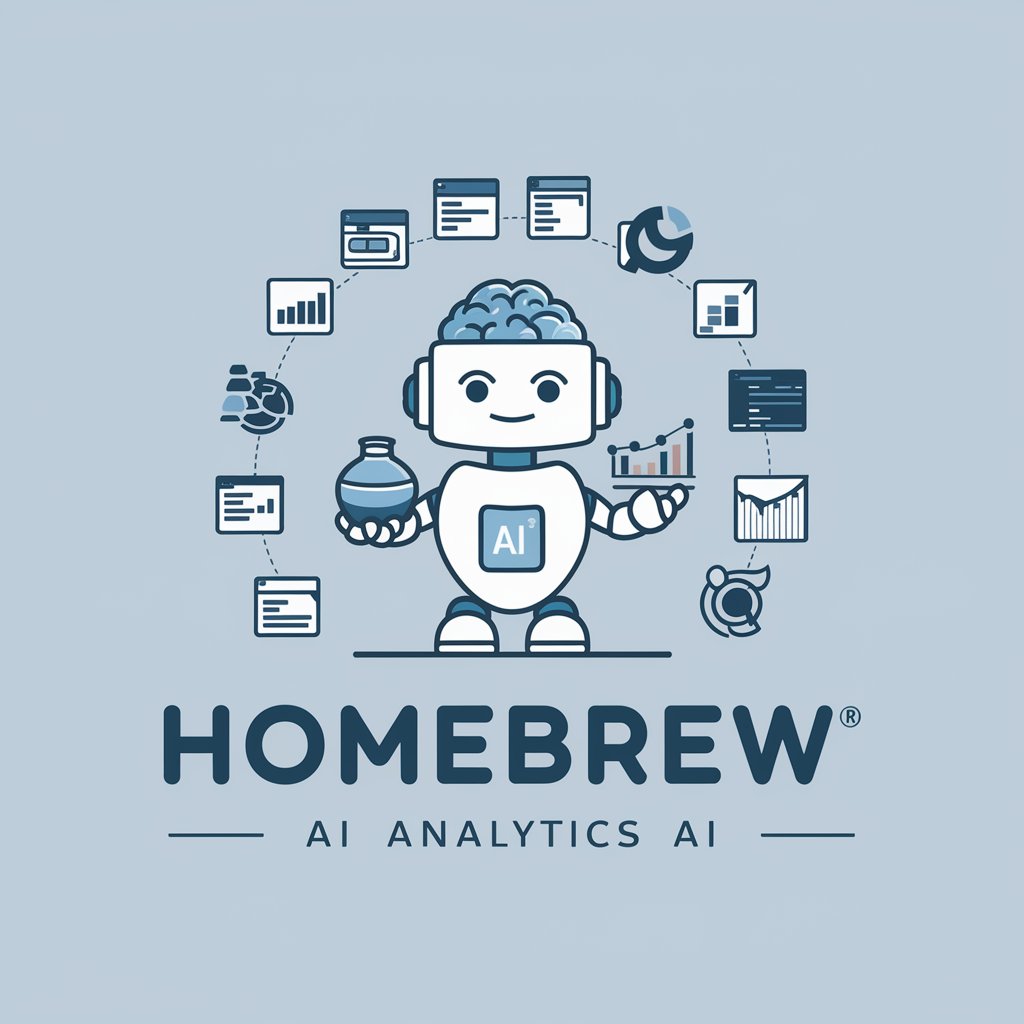
AltruSearch 2
Empowering Informed Decisions with AI
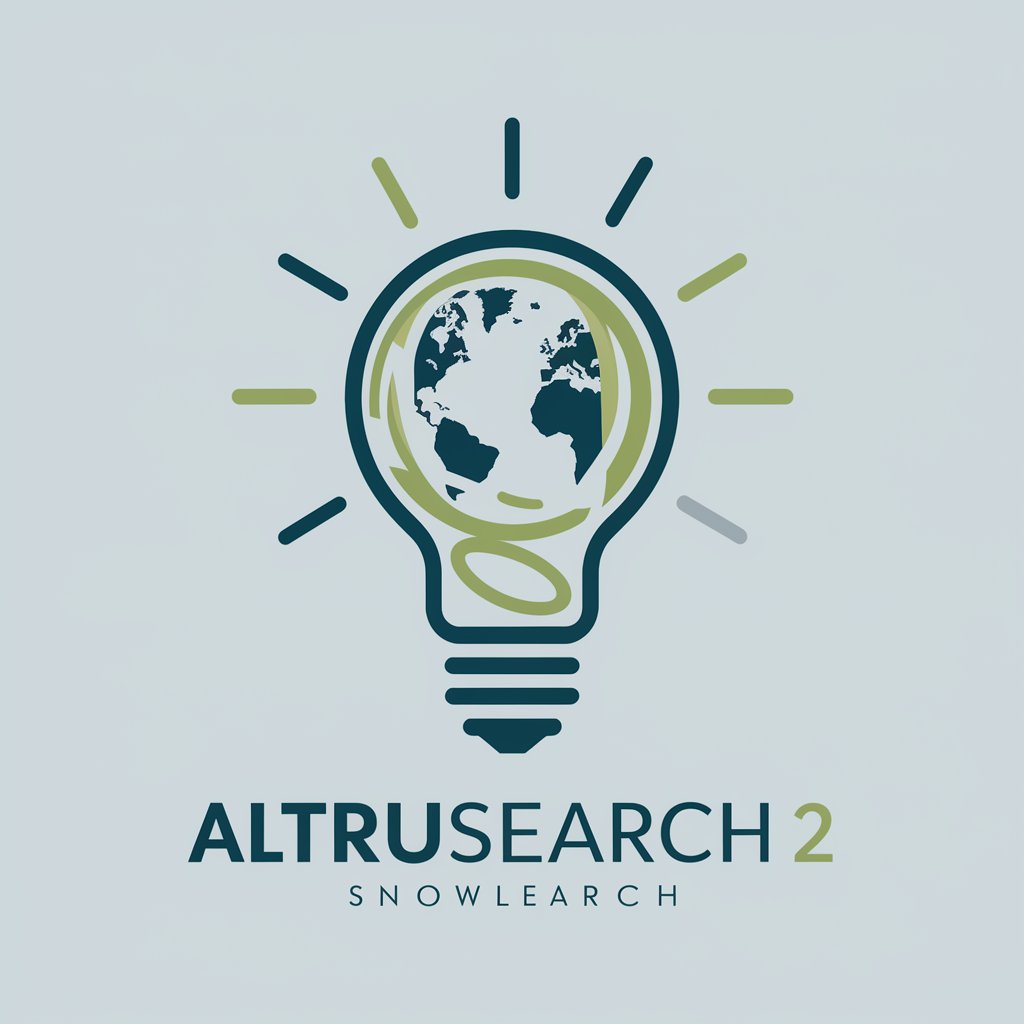
JXA Helper
Empowering Mac Automation with AI

Master Baker
Elevate Your Baking with AI

Quote Artisan
Bringing quotes to life with AI art

Topical Authority
Elevate Your SEO Game with AI-Powered Insights

Vector Vision Q&A
What types of mathematical equations can Vector Vision handle?
Vector Vision can process a wide range of equations involving 3D coordinate systems, vector mathematics, including linear equations, vector fields, and parametric equations.
How accurate are the visualizations created by Vector Vision?
The visualizations are mathematically accurate, based on the inputted equations, ensuring precise and reliable representations of mathematical concepts.
Can Vector Vision assist in educational settings?
Yes, it is particularly useful for students and educators in understanding and teaching complex concepts in vector mathematics and 3D geometry.
Is it possible to modify visualizations after they are generated?
Yes, users can request adjustments or specify different parameters for the visualizations to suit their specific needs.
How does Vector Vision enhance the understanding of mathematical concepts?
By transforming equations into visual formats, it makes abstract concepts more tangible and easier to comprehend, especially for visual learners.